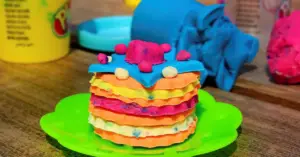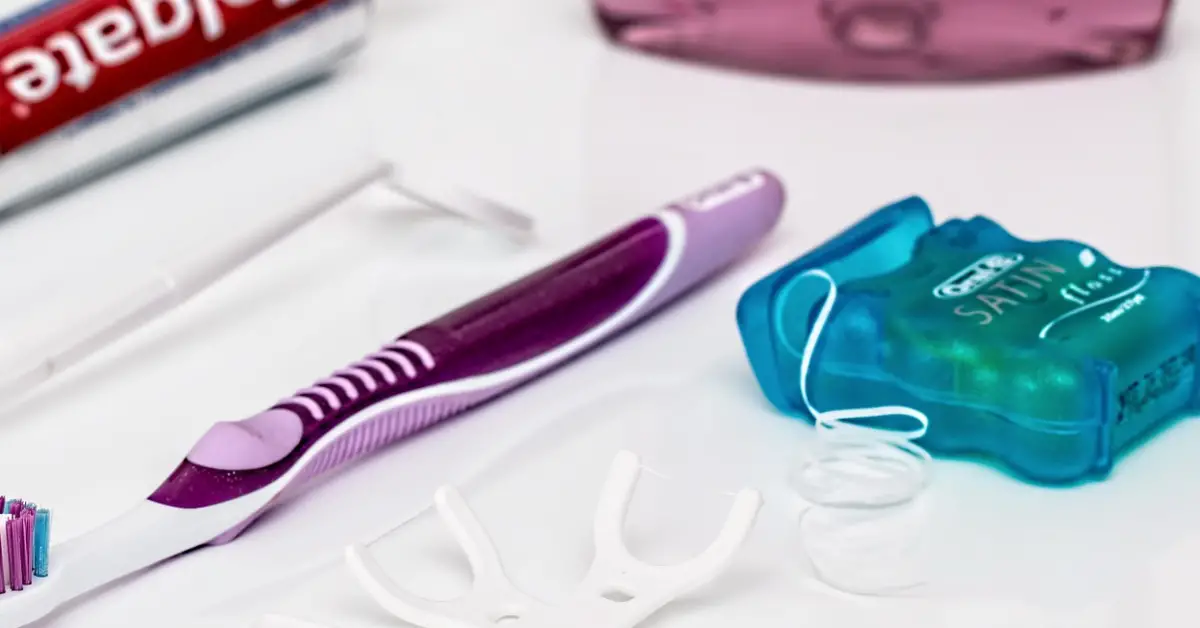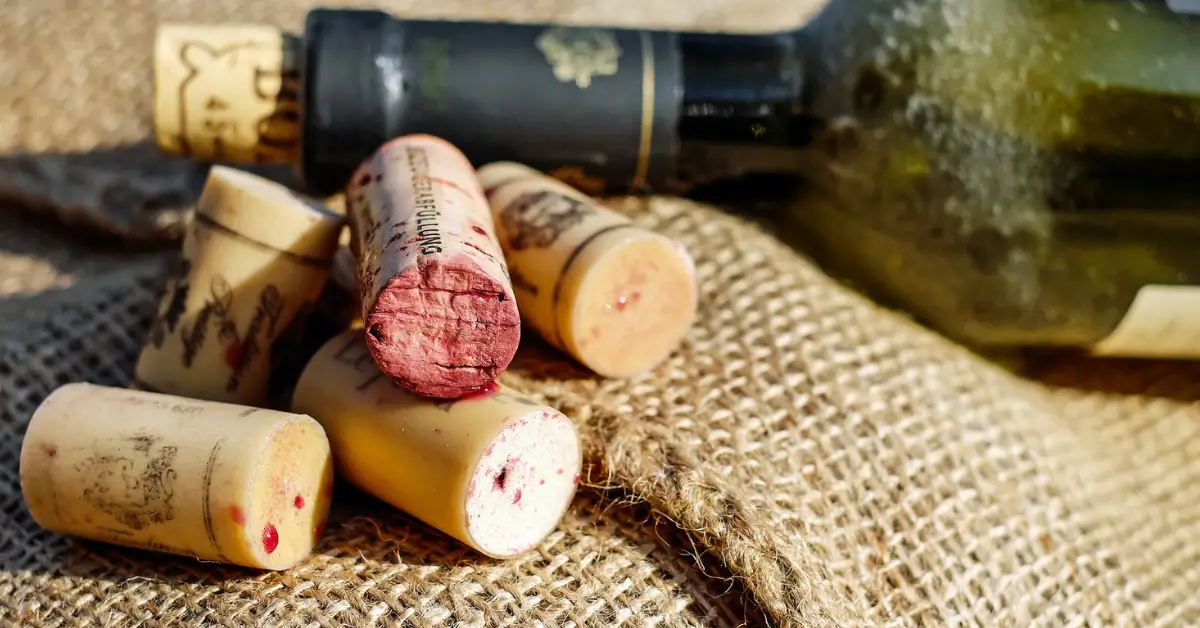Dog hair EVERYWHERE is one of the most frustrating parts of living with your furry friend! But once you have removed the tumbleweed-like hair ball from your laminate flooring or the hair from the brush after a grooming session does it go straight in the garbage bin, or can you add it to your compost pile? Here we will look at the composting possibilities for dog hair and other common pet-related items.
(If you are a composting novice, have a quick look at some of our start-up composting questions answered here! If not, read on…)
So, can you compost dog hair?
Yes, you can. Dog hair (and cat hair) is a wonderful source of nitrogen, a key nutrient that plants need to thrive. It is classed as a ‘green’ composting material due to this high level of nitrogen, as opposed to a ‘brown’ composting material (such as twigs and leaves) which add carbon into the mixture. On a more practical level, if your compost pile is outdoors rather than an indoor kitchen bin, it’s a good idea to mix it in with the other materials – otherwise it could end up in the neighbor’s backyard with a sudden gust of wind…
Can I compost leftover pet food?
Cats and dogs can be fussy when it comes to their dinner, and you will soon find out if they don’t fancy your latest offering! Dry food (dog, cat or fish food) can be composted, whilst it is best to avoid composting the wet stuff. Consider jump-starting their decomposition by soaking them in water beforehand.
As for the wet food, give it to a fellow pet owner or, better still, donate it to an animal shelter so it does not go to waste. Although a popular option, we advise against feeding local wildlife with leftover/unused pet food. It can attract lots of different species to your backyard increasing disease transmission between them whilst also providing a diet that is not suited to their nutritional needs – not to mention a host of animals appearing in your garden regularly expecting dinner!
Can pet claw/nail clippings be composted?
Yes, they can! Just like the human equivalent, pet nail clippings can be put in the compost bin. They won’t equate to much compost in the end but it’s better than nothing. As with human nail clippings, if they have been painted (yes, people paint their dogs nails….) then they will need to go in the garbage bin.
Can dog poop be composted?
You can compost dog poop! With dogs being estimated to produce a staggering 274 pounds of poop per year, this is great news – to divert even some of it from landfill would be a massive environmental win.
Some precautions and extra care taken when composting dog poop compared with other materials such as leftover food scraps from the kitchen. With weekly turning/mixing, the aim is for the compost pile to reach 140 degrees Fahrenheit – ensuring any pathogens are killed off. This can take between one and two months. Although, this is the ideal temperature to reach, experts state that if you are unable to reach this due to the demands of the regular maintenance required, it will have little risk so long as you are not using the compost on edible plants!
Do chicken feathers compost?

If you have your own backyard coop you will have a continuous supply of quality composting material. Chicken feathers, and those of other birds, make another great green compost material – they, too, contain a generous amount of nitrogen making them ideal for your garden. As with pet hair, ensure that the feathers are well mixed in with the other compost materials – or you won’t be popular with your neighbors. Soaking them in water beforehand for a day or so can ensure they have enough weight to prevent blowing around whilst also kickstarting the decay process.
What about chicken manure? Can that go in the compost?
A chicken, on average, produces a cubic foot of manure every six months – this doesn’t need to go to waste! Just like dog poop, it can be composted. Ensure that it reaches temperatures of 160 degrees Fahrenheit or above for 3 days – this will ensure it is rid of E Coli and Salmonella. Give it a turn/mix and let it reach 160 degrees Fahrenheit for a further 3 days. Let it cure (or age) for 2-4 months and voila – you have wonderful fertilizer!
Can you compost animal bedding?
If the bedding is made of biodegradable material, such as shredded paper, it can be put into the compost pile. If the animal is a herbivore (vegetarian) – such as rabbits, guinea pigs, degus and chinchillas – you can even leave their droppings/poop in with the bedding when it is thrown in the compost. Omnivore small animals’ food often only contains plant materials too. So, it can go straight in there too; just make sure to check the packaging as this may vary from brand to brand.







